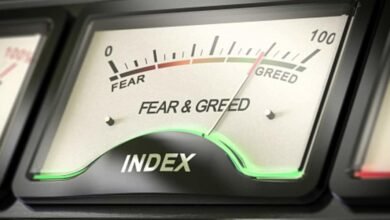Listen and subscribe to Stocks in Translation on Apple Podcasts, Spotify, or wherever you find your favorite podcasts.
Stocks have surged since the election, while bonds are caught in a tug-of-war between bulls and bears, with participants in both markets attempting to divine the path of the US economy under the incoming Trump administration.
At the heart of the matter lies a hotly debated topic that grips Fed economists and Wall Street alike. Something that, like the mythical yeti, no one has ever seen but everyone agrees exists: the neutral rate.
Kathy Jones, chief fixed income strategist at Schwab, recently joined Yahoo Finance’s Stocks in Translation podcast and described the neutral rate as “the Sasquatch of the financial world.”
The neutral rate is simple enough to define. It’s the interest rate that neither stimulates nor slows the economy. It’s the sweet spot where growth and inflation sit in balance. Too low, and the economy might overheat; too high, and growth stalls.
The problem is no one really knows precisely what level of interest rates meets this high standard.
“You model its inputs by looking at the past,” said Jones. “Things like productivity might go into it.” She noted that if workers can boost their productivity and increase their output, the economy can grow — critically, without inflation.
Minneapolis Fed president Neel Kashkari echoed this recently at the Yahoo Finance Invest 2024 event, explaining, “In a higher productivity environment, the neutral rate ought to be higher.” He said that if productivity is structurally higher, the Fed has less room to cut until the economy gets back to neutral.
Nevertheless, this nebulous rate is critical in shaping Federal Reserve policy.
At Invest, Kashkari echoed Fed Chair Jerome Powell’s words at the September FOMC presser, saying, “The neutral rate is not directly observable. We know it by its effect on the economy.”
With the Fed currently in the process of lowering rates, a higher neutral rate implies the Fed doesn’t need to cut rates as much to support the economy. Alternatively, a lower neutral rate would argue for more aggressive cuts.
Lately, investors have been coming around to the idea of a higher neutral rate.
When the Fed began its rate-cutting cycle in September, investors expected the Fed to cut short-term rates to 2.8% — or a range of 2.75% to 3% — by the end of 2025. Six weeks later, the bond market is now pricing in four fewer rate cuts — bringing the projected rate next year to a range of 3.75%-4%.
Source link





